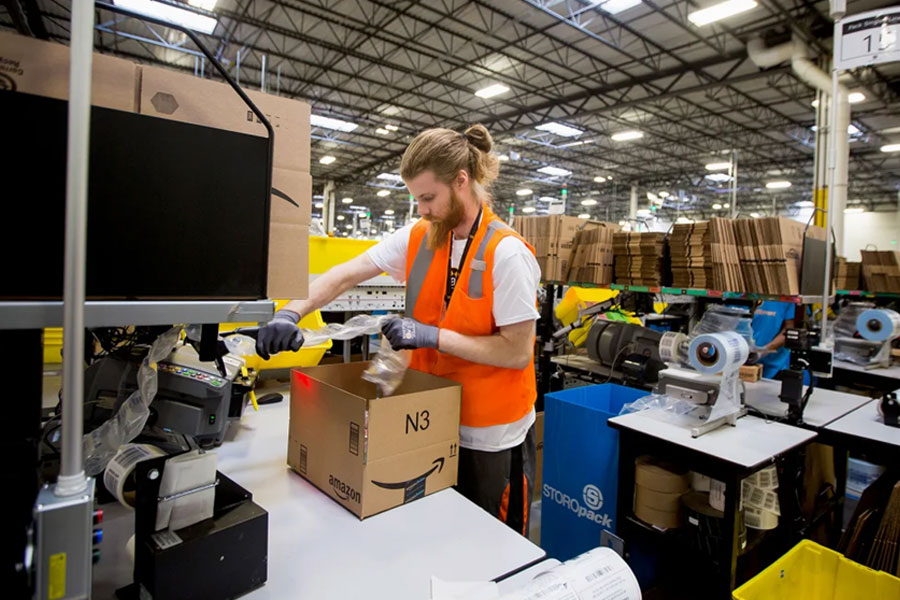
Unlocking the Mysteries of the Universe: Canada's McDonald Institute Leads Global Efforts in Astroparticle Physics
In the heart of Canada, nestled at Queen’s University, lies the Arthur B. McDonald Canadian Astroparticle Physics Research Institute. This institute isn’t just a hub for scientists; it’s a powerhouse of collaboration and discovery. Imagine a place where researchers from 13 universities across Canada work hand-in-hand with global partners in the EU, US, Japan, and beyond. Their mission? To explore the cosmos, from the enigmatic dark matter to the elusive neutrinos that shape our universe.
Astroparticle physics is at the forefront of scientific exploration, blending the study of particles with cosmic origins. It’s not just about observing the stars; it’s about unraveling the very fabric of our existence. This field has seen explosive growth, driven by groundbreaking experiments like those at SNOLAB, the world’s deepest underground research facility located in Ontario. Here, cutting-edge detectors search tirelessly for signals of dark matter, with projects like NEWS-G and SNO+ leading the charge.
The McDonald Institute isn’t just about conducting experiments; it’s about fostering talent. Driven by a $45.5 million commitment from the Government of Canada, the Institute supports researchers and engineers at every stage of their journey. From designing prototypes to troubleshooting complex experiments, they provide the tools and opportunities needed for success.
International collaboration is key. Researchers like Dr. Gilles Gerbier, who joined from France, emphasize how the Institute facilitates partnerships that transcend borders. Together, they push the boundaries of what’s possible in astroparticle physics, propelling discoveries that reshape our understanding of the universe.
Take neutrinos, for example. These elusive particles were once thought to be massless until Canadian and Japanese scientists proved otherwise, a milestone honored with a Nobel Prize. At the forefront of this research is the DEAP-3600 detector, a marvel of technology housed in SNOLAB, where scientists like Dr. Jocelyn Monroe tackle the universe’s toughest questions.
But it’s not just about neutrinos. The Institute is deeply involved in the hunt for dark matter, collaborating on projects like SuperCDMS and the Global Argon Dark Matter Collaboration. These efforts aim to unveil the invisible, offering glimpses into the hidden 85% of our universe.
Looking ahead, the McDonald Institute is poised for even greater achievements. Projects like P-ONE, a proposed observatory off Canada’s west coast, promise to expand our view of the cosmos through multi-messenger astronomy. By combining neutrino detection with other astronomical observations, these endeavors promise a deeper understanding of cosmic events.
Theoretical physics plays a crucial role too, with Canadian researchers pioneering new ideas alongside their experimental counterparts. Together, they tackle some of the universe’s most profound mysteries, from dark matter’s nature to the origins of matter itself.
Beyond scientific discovery, the Institute values inclusion and diversity, aiming to create a welcoming environment for all scientists. This commitment not only enriches research but also strengthens global scientific diplomacy, especially during challenging times like the recent pandemic.
As we look to the future, the McDonald Institute stands as a beacon of Canadian innovation and global collaboration. With projects on the horizon and a network of dedicated scientists, the next chapter in astroparticle physics promises to be even more captivating than the last. So, join us on this journey of discovery as we explore the universe’s deepest secrets, one particle at a time.





